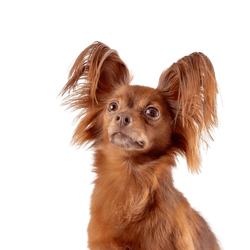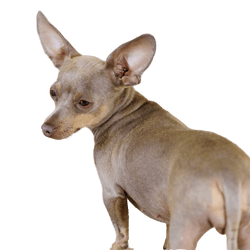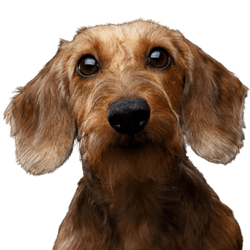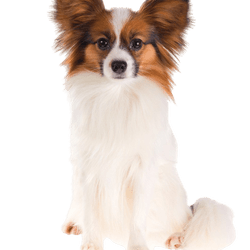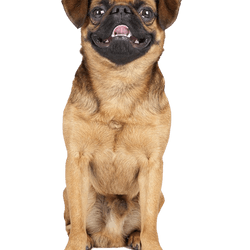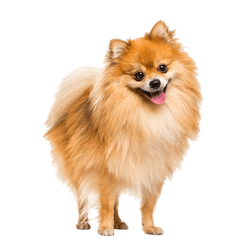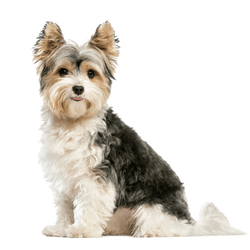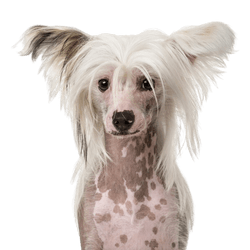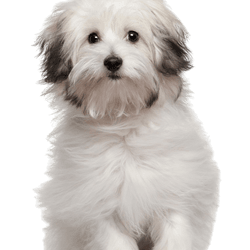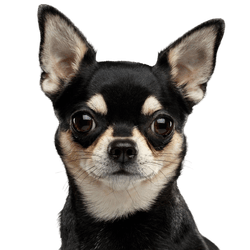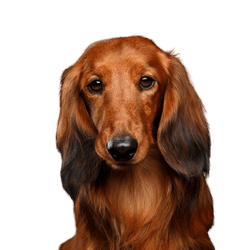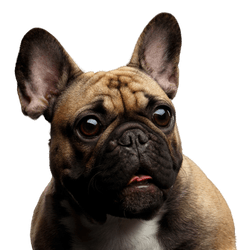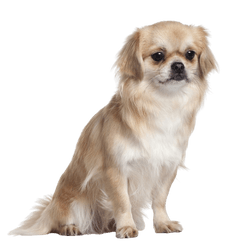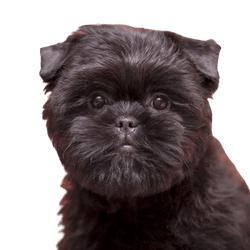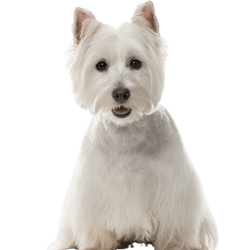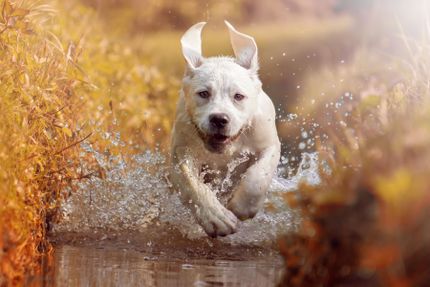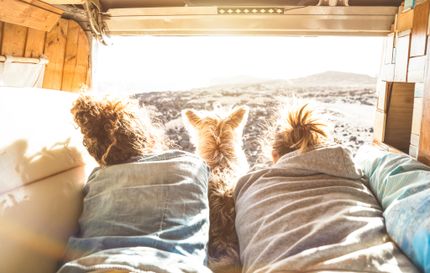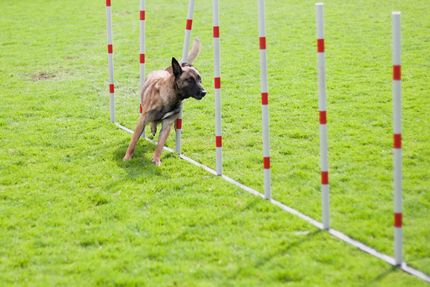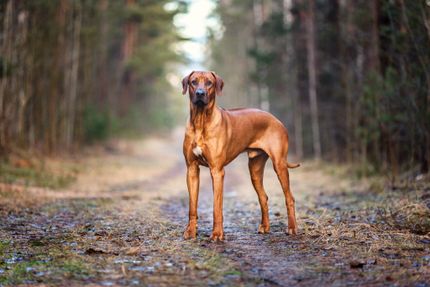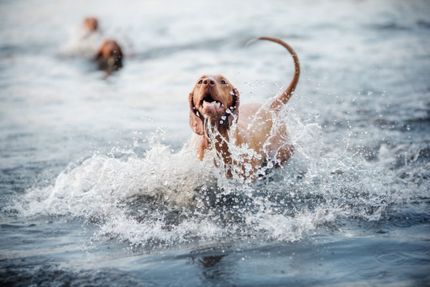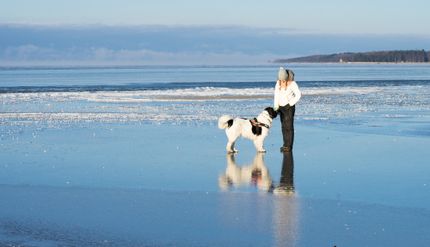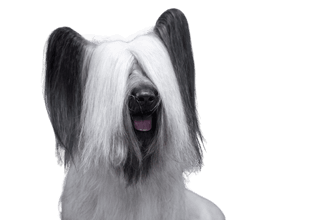
Skye terrier Breed description: Character & Co
Skye terrier
Facts & Origin
The origin of the Skye Terrier
The Skye Terrier is an ancient Scottish dog breed. As far back as about 400 years ago, these small dogs existed on the Hebridean island of Skye. Presumably, they originally descended from dogs that came to the Scottish islands with Spanish sailors. But Scotch Terriers and Cairn Terriers probably also played a role in their development. They were used for hunting, and would flush out foxes, badgers and otters in their den. Because they were so particularly pretty and cute animals, they were bred gradually purposefully and inspired also the members of the English nobility. Already Mary Stuart had Skyes and later also Queen Victoria kept them in Windsor Castle. Gradually they came into fashion in other parts of Europe. In 1879 the breed was officially recognized. Today Skyes are hardly used for hunting and are rather family dogs or show dogs.
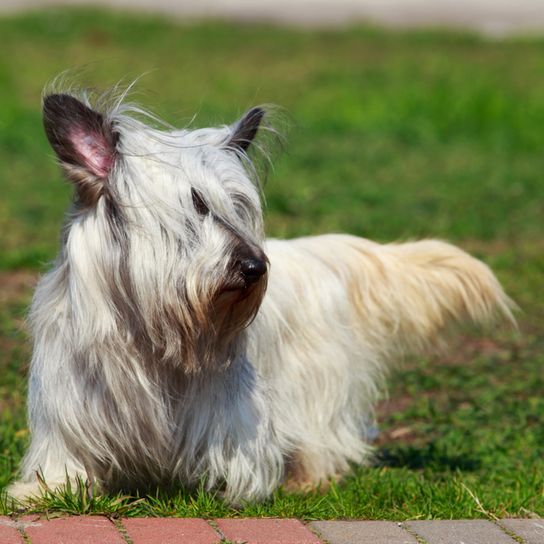
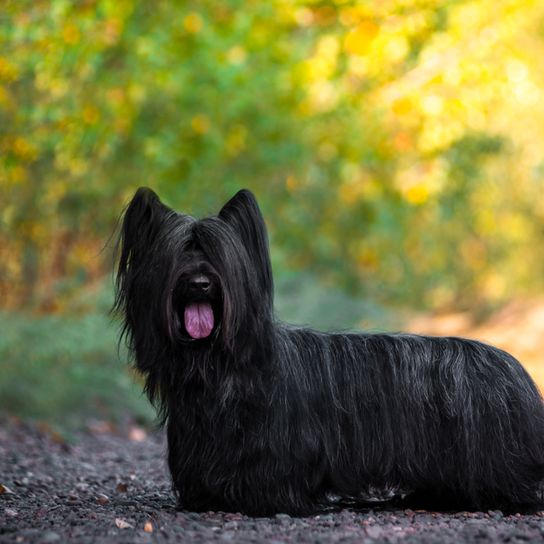
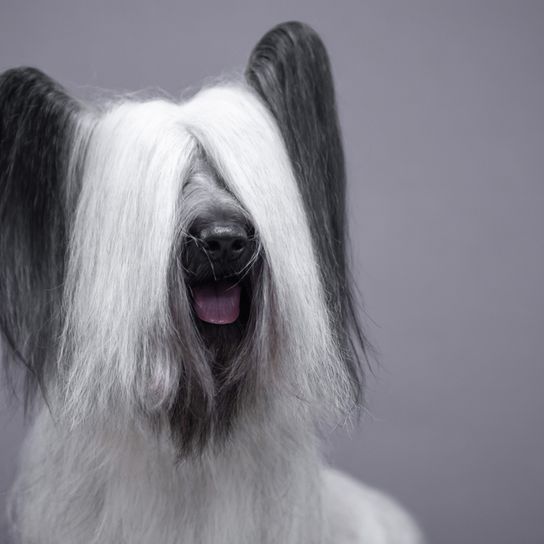
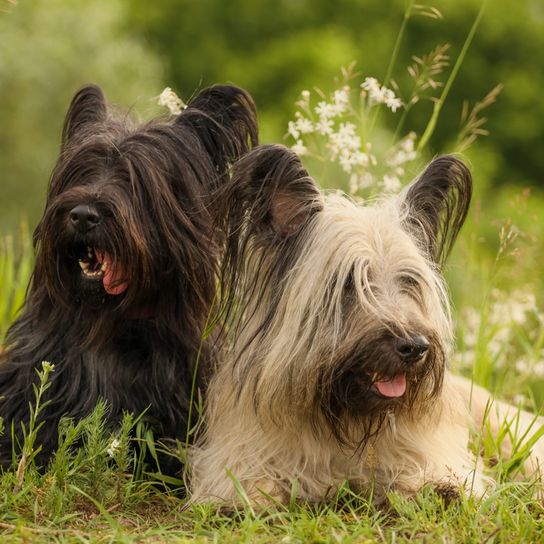
| Alternate Name | - |
| Origin | Scotland |
| Life expectancy | 13 - 14 years |
| Care requirements | high-maintenance |
| Activity level | average |
| FCI group | Small sized Terriers |
| AKC group | Terrier Group |
| KC group | Terrier Group |
Attitude, character and temperament of the breed
The nature of the Skye Terrier
This little dog is a true terrier, which means he is clever, courageous and stubborn. In addition, there is the unbroken hunting instinct of this breed. So he is really not a lap dog, rather a little rascal. Nevertheless, he is very lovable, very teachable and willing to learn. However, he needs clear announcements, consequence and a certain affectionate severity. But this sensitive dog does not tolerate harshness, then he is disturbed and does not obey at all. Loving persuasion works much better on him, as it does on all terriers. A well trained dog of this breed gets along very well with children, with other pets and is a great family dog. Nevertheless, many Skyes are so-called "one-man dogs" who only really accept one member of the family as pack leader and see the others as mere pack members, although they get along well with them too. Even though the Skye doesn't look particularly athletic at first glance, he loves long walks, search games, ball games, and loves to bathe and swim.
Character
Usage

Health and breeding information
What are typical diseases of the breed?
The breed is actually very robust in health and hardly suffers from hereditary diseases or overbreeding. There is only a slight tendency to contract chronic hepatitis, Somewhat more often dogs of the breed also have to deal with urinary tract infections. This is because they can catch colds when their long dense coats get soaked while walking on wet surfaces or bathing on cool days.
What to consider when breeding
In Germany, the Skye is a rather rare dog breed and is no longer widespread, and there are not many of them left in its native Britain either. Also the good breeders of this breed is quite manageable. A puppy from a renowned breeder, whose animals already achieved prices at exhibitions, can cost quite 2,000 euros.


The breed characteristics of the Skye Terrier
He belongs to the small dogs and low-running terriers with short legs and an elongated back. Its body is more than twice as long as it is high. From head to tail tip, an adult Skye measures up to 1 meter. Another prominent breed characteristic is the long coat, which reaches almost to the ground, and the dense undercoat. This made the animals perfectly adapted to the Scottish climate and at the same time protected them from the bites of their prey. The ears are mostly pointed, but sometimes hanging and covered with long fringes.
The coat of the Skye
The colours of the purebred Skye are black, grey, cream and fawn. Dogs
with a light coat almost always have black ear tips and a black muzzle.
How tall is the breed?
In males, the average shoulder height is 25 to 26 inches. Bitches are slightly smaller.
How heavy does a Skye Terrier grow?
Adult males weigh an average of 11 kg, bitches 9 kg.
How old does the breed live?
The average life expectancy is 13 to 14 years.
| Fur length | long |
| Fur | flat coated |
| Ear shape | Standing Ears |
| Tail | lang |
| Anatomy | slim |
| Size ♀ | 24 - 26 cm |
| Weight ♀ | 9 - 10 kg |
| Size ♂ | 25 - 26 cm |
| Weight ♂ | 9 - 11 kg |
| Suitable For | Beginner |
Colors

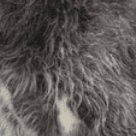
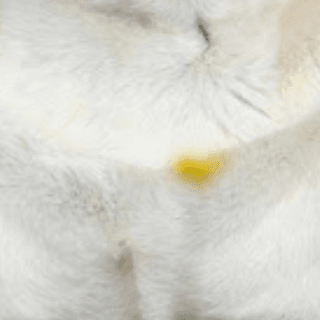
Known Diseases
Ureteral ectopy
Ureteral ectopy (also known as ureteral ectopia) is an inherited condition where the ureter (known as the ureter) does not end in the bladder as usual due to a misalignment.
Other small dogs
Useful Articles
You can find articles that might interest you in the dogbible blog to match your favorite breed.
Visit our magazineto stay up to date on dog trends.
To find out more, view our Privacy Policy
Find here the breed that suits you and find out what character traits it has. Here you can also learn more about the origin, size and weight of your favorite breeds.
Matching your favorite breed, you'll find articles that might interest you on the dogbible dog blog.
Gestation dog - everything about pregnancy in dogs
Rabies in dogs - rabies vaccination and signs that your dog is affected
First vaccinations for the puppy - Legal situation, What vaccinations are good and important
Working dogs - a description of the use of dogs in professional life
